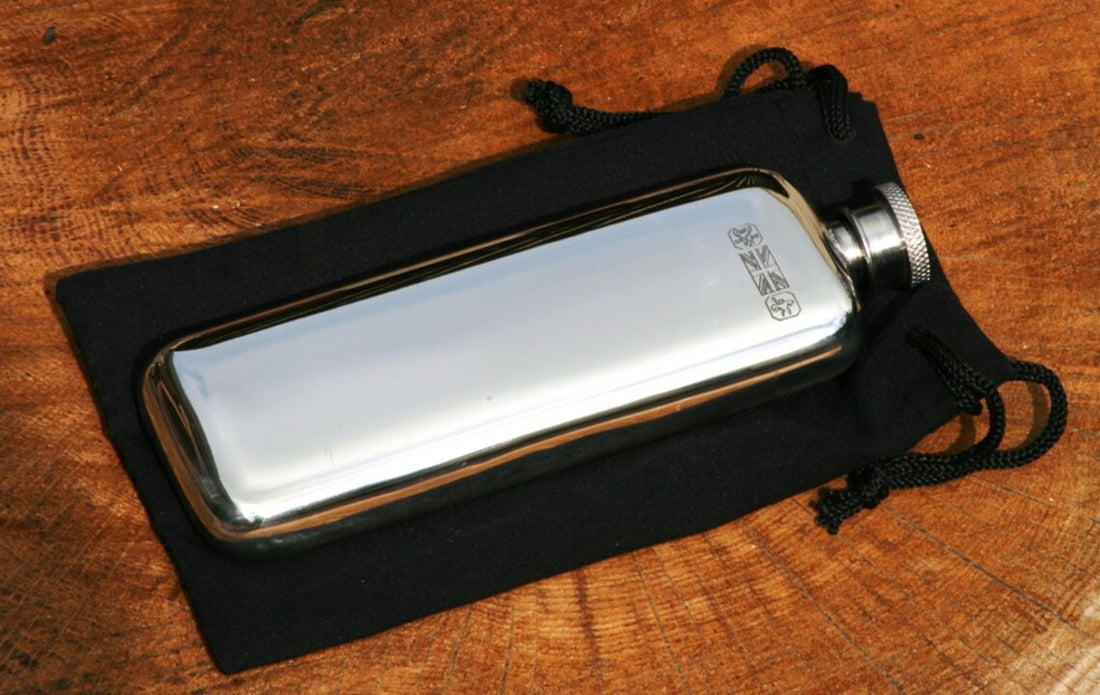Pewter, a term encompassing diverse alloys of various metals in different proportions, is distinguished by its primary constituent: tin. Tin, a malleable and silvery-white metal, possesses a density of 7.29 grams per cubic centimeter, a relatively low melting point at 231.88°C (449.38°F), and a high boiling point at 2,625°C (4,757°F).
The history of tin dates back to the Sumerians, pioneers of bronze—an alloy of copper and tin—around 4500 years ago. The earliest recorded use of pewter, dating back 3500 years, can be traced to Egypt. Meanwhile, China has a 2000-year-old tradition of pewter craftsmanship, and Japan's involvement in this art extends approximately 1100 years. Phoenicians, over two millennia ago, traded for tin from Cornwall, potentially influencing the Roman presence in Britain. Even in Roman Britain, artisans crafted small pewter articles.
In Europe, noble households and religious institutions began using pewter plates and hollowware in the 12th and 13th centuries. However, its widespread adoption in common households, replacing wooden and bone utensils, occurred much later. With the growing use of pewter, guilds emerged to champion the interests of pewter makers, regulate material quality, and uphold craftsmanship standards.
Guilds proliferated across Europe, with London's "The Worshipful Company of Pewterers" standing as a significant example in 1348. These guilds exerted control over all aspects of the craft, from apprentice training to pewter composition. Guild members registered "touch marks" to distinguish their creations, unknowingly laying the foundation for their significance in modern collectibles.
Pewter reached its zenith in the 17th century, with daily life revolving around pewter items such as bottles, spoons, eating and serving utensils, bleeding bowls, bedpans, and snuffboxes. Taverns utilized pewter mugs and measures, while churches employed flagons, chalices, patens, and baptismal bowls.
The 18th century marked the rise of porcelain and pottery, leading to the decline of pewter as tableware. Nevertheless, its decorative application persisted. During the Arts and Crafts and Art Nouveau periods, artists and craftsmen harnessed pewter's potential to create splendid works. Today, pewter remains a prized material, cherished for its beauty and versatility.





